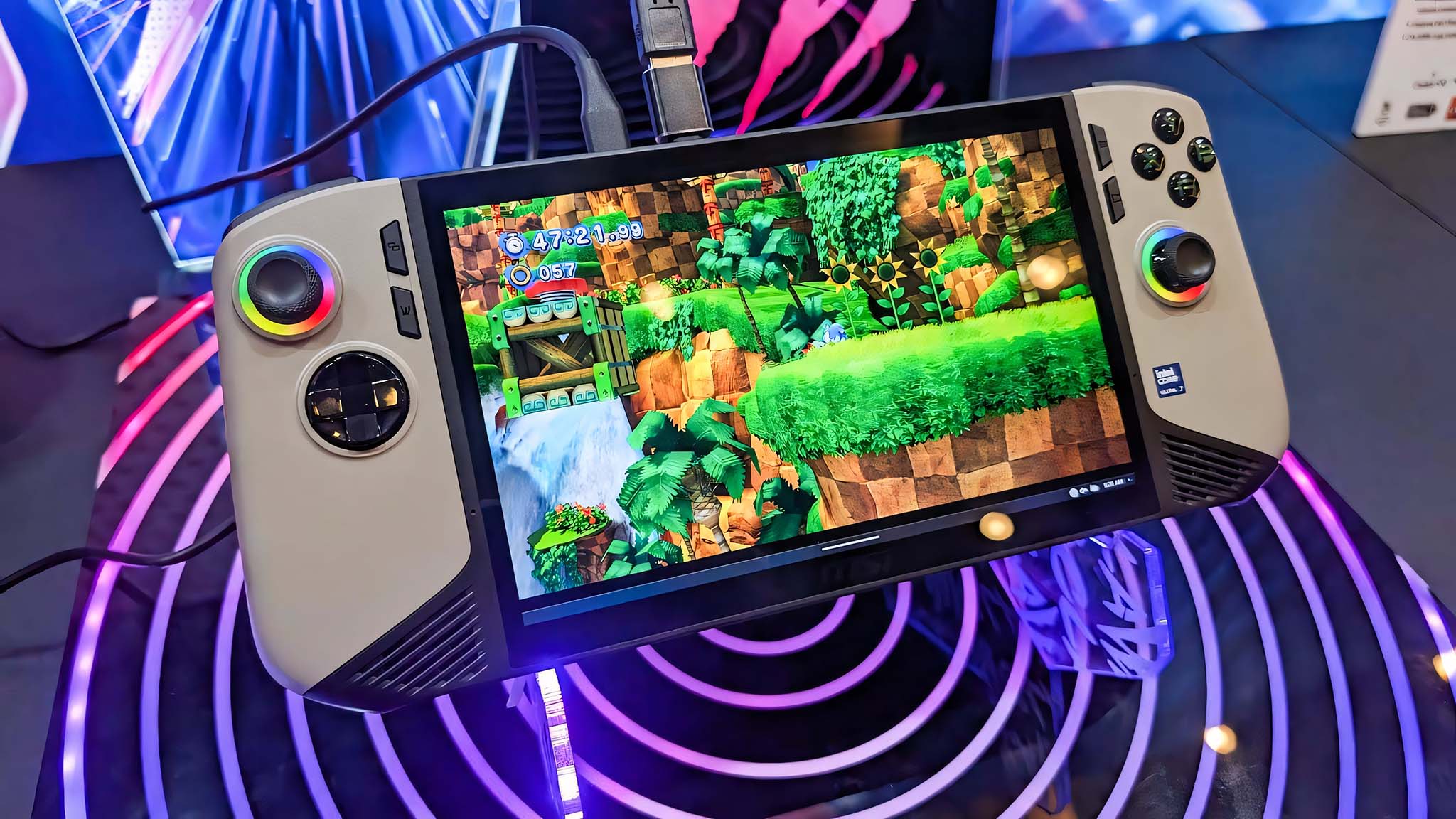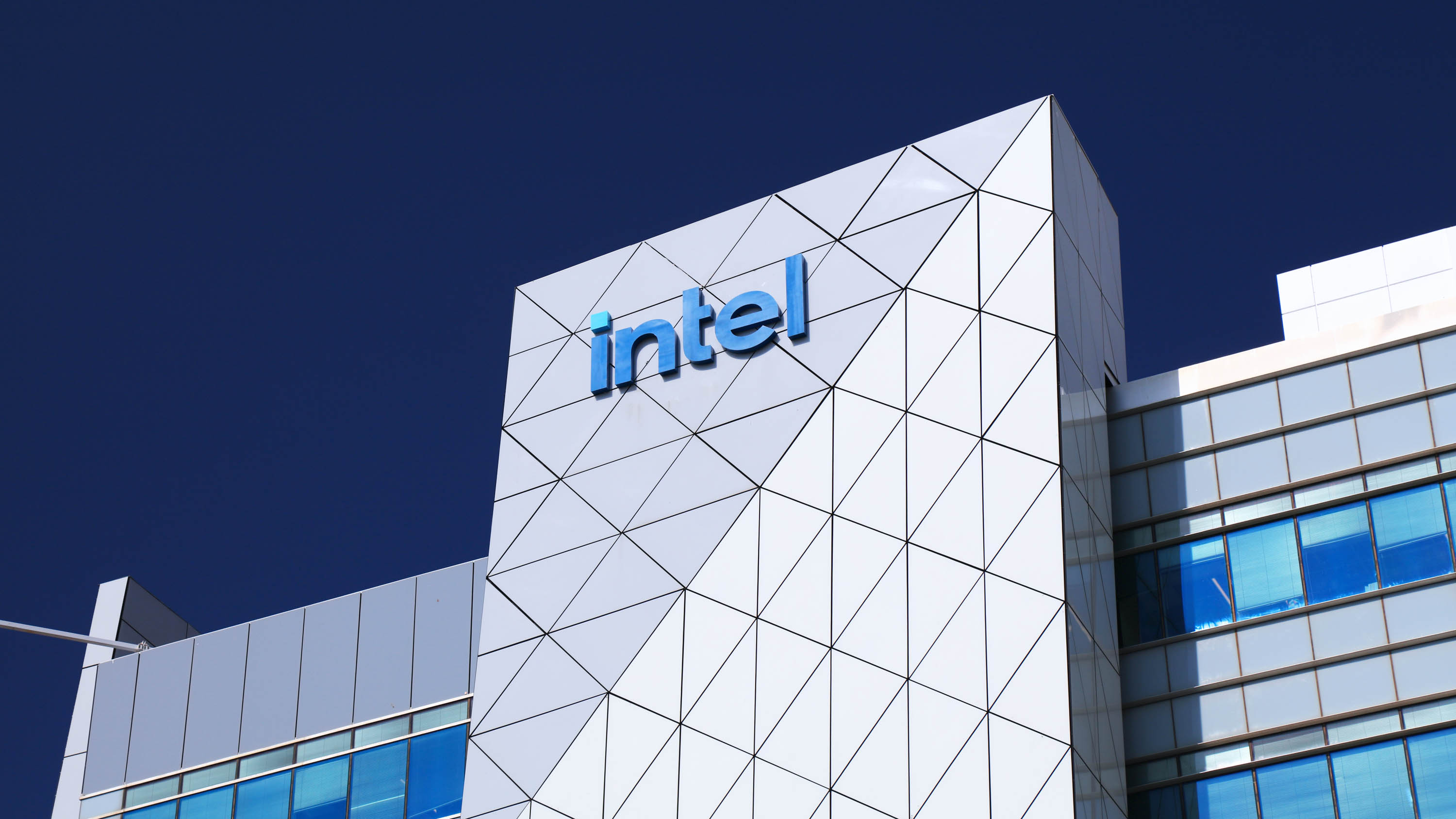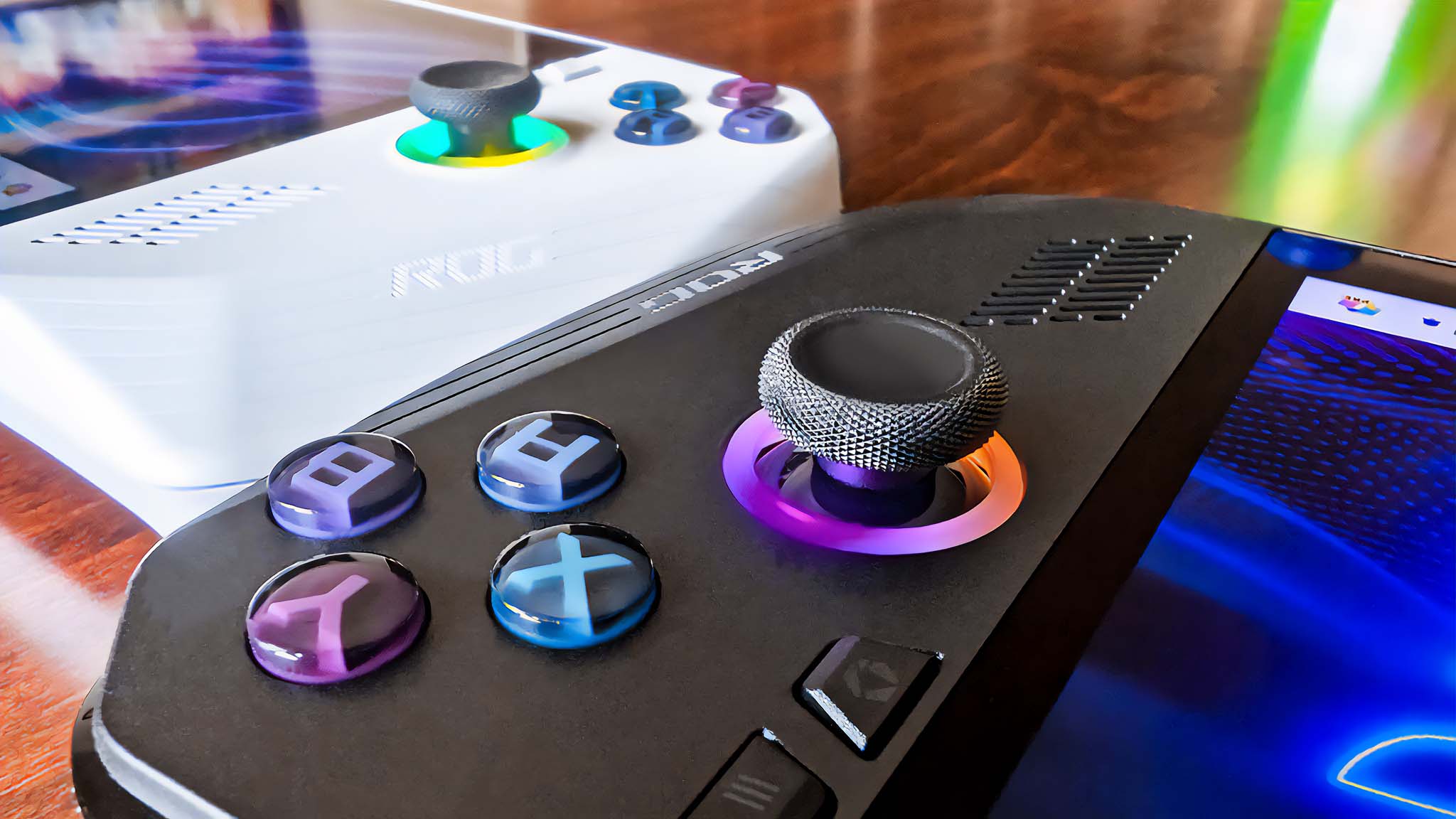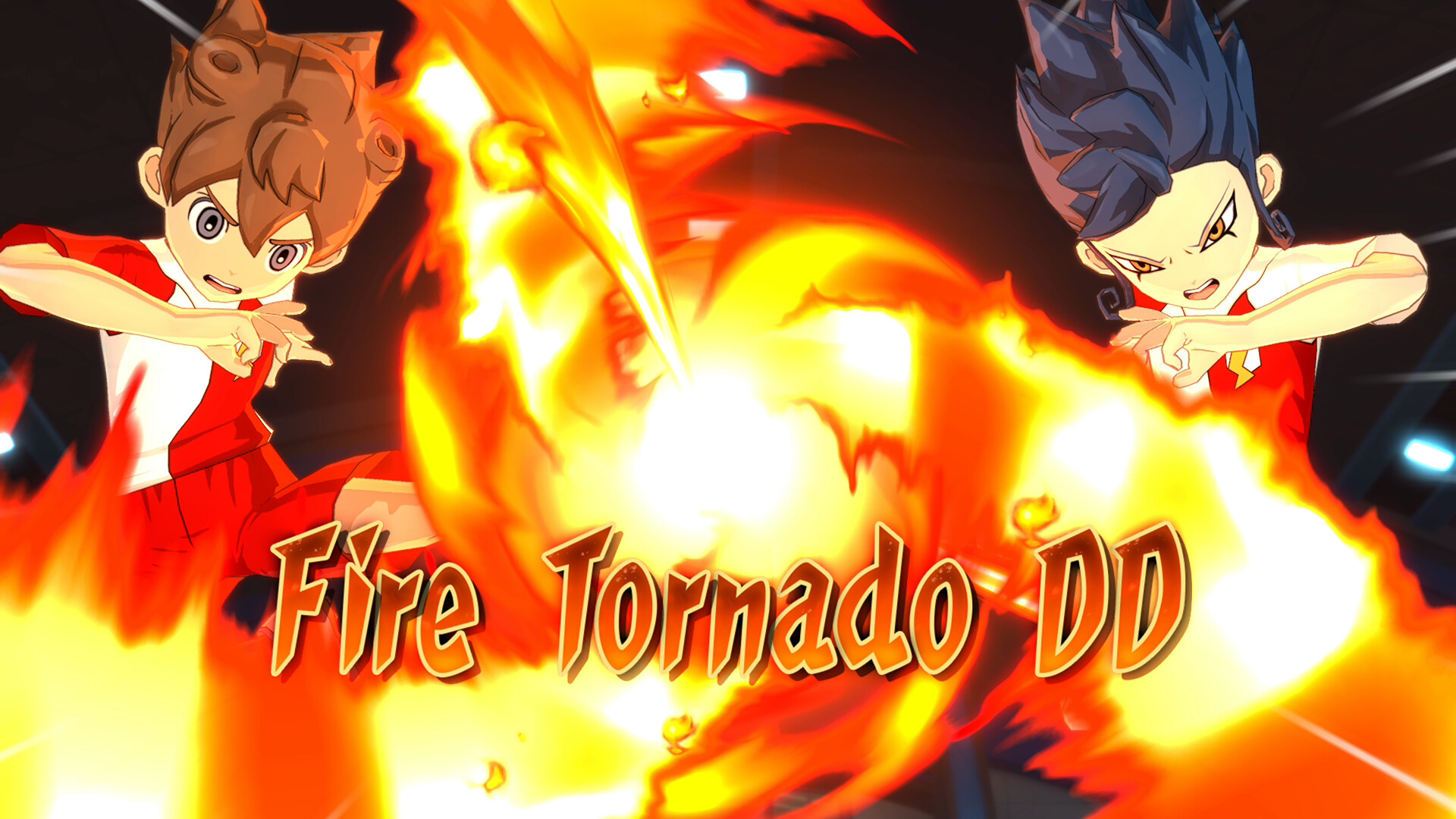Intel says PC gaming handhelds are its "number one priority" — can Arrow/Panther Lake chips challenge AMD's dominance?
Intel touts "big plans" to increase its handheld presence, but can its next-gen chips compete with AMD's Ryzen Z1 and Z2 Extreme?

Is Intel finally making a serious push into the portable gaming market? Laptop Mag sourced exclusive quotes from Intel VP Robert Hallock that certainly suggest that it at least wants to, claiming that the company is "beefing up its staff to support gaming [manufacturers] who want to do handhelds." It's an exciting prospect, especially as I've seen Intel's dedication to improving its in-house Arc graphics technology, but I have to encourage cautious optimism.
Handheld PC gaming isn't the curious niche it was when Valve's Linux-based Steam Deck launched to fanfare back in early 2022. More brands have since entered the gauntlet with stellar industry-leading examples like our favorite ASUS ROG Ally X while others struggle to entrance gamers with Windows 11 variants, like Lenovo's disappointing Legion Go S that will surely benefit from its upcoming SteamOS variant and a lower price tag to boot.
However, a common denominator across all the most successful gaming handhelds is their choice of AMD processors. Whether you investigate the Steam Deck's custom Zen 2 APU or ASUS and Lenovo's adoption of the powerhouse Ryzen Z1 Extreme, each brand has found a satisfying balance of graphical performance and battery life. Meanwhile, Intel's mobile processor counterparts were relegated to unsuccessful flops like the MSI Claw A1M.
Intel’s plans for PC gaming handhelds

Going up against AMD's proven integrated graphics chips, particularly the relatively modern Radeon 780M and its established equivalents, will be a tough challenge for Intel, especially regarding gamers' expectations of performance and power efficiency. Part of the problem, according to Hallock, is a lack of access to proper testing equipment versus the relatively affordable and broadly available AMD-based competitors. Rather than only offering its partners an in-house team of support specialists, Intel plans to also ship devkit handhelds loaded with the company's latest prototype chips.
A lot of game devs tend to just target what they have on their desks, so [we're] arming them with more handhelds as prototype devices. Getting them dev kits leading into Panther Lake.
Robert Hallock, Intel VP and General Manager of Client AI and Technical Marketing
Intel hasn't been entirely absent since its first Meteor Lake-based handhelds fell short of their initial hype, as MSI's redesigned Claw 7 AI+ and 8 AI+ opted for much-improved Lunar Lake chips and should have been a more tempting pick for portable gaming enthusiasts. The 'should' part refers to an unfortunately messy second start for MSI, where the new Claw handhelds broadly missed their intended January launch window and left some buyers clueless into February as the $899.99 Claw 8 AI+ remains listed as 'coming soon' at Best Buy.
Of course, availability struggles can't be blamed on Intel when MSI remains so tight-lipped on the matter, but the Claw A1M and its successors still stand as the most well-known gaming handhelds based on Intel's technology. Another OEM might take up the opportunity to build an all-new handheld based on existing Arrow Lake H chips that score "about the same as an RTX 3050 Laptop GPU" in graphics testing or perhaps wait for its chance at Panther Lake samples, but what criteria matters the most to gamers?
What can Intel offer to tempt gamers from AMD?

Above all, selecting a System-on-Chip (SoC) for such a compact and heat-sensitive device rests primarily on its ability to drive high-quality visuals alongside minimal compatibility issues with integrated graphics and standardized joypad controls. Existing handhelds experimented with input devices, like Lenovo's first-gen Legion Go and its detachable controllers. Still, it never came at a significant cost of performance, thanks to AMD's excellent Ryzen Z1 Extreme processor powering everything under the hood, making the chip a strong benchmark for competitors.
"Some of these handhelds are going all the way up to 30 watts now. And Arrow [Lake] fits really nicely in that sort of form factor."
Robert Hallock, Intel VP and General Manager of Client AI and Technical Marketing
As TDP wattage counts continue to rise on PC gaming handhelds, Intel's future efforts will need to match or surpass AMD's new Ryzen Z2 Extreme processor for performance without sacrificing efficiency and average battery life, no matter which OEM partner it chooses. Thankfully, its in-house Arc graphics and subsequent XeSS upscaling technology continue to prove their worth, particularly in small-screen devices that make better use of power-saving visual tricks.
And while even AMD's FSR upscaling equivalent pales in comparison to NVIDIA's incredible DLSS 4 and Multi-Frame Gen (MFG,) the latter isn't involved with handhelds using its fabled self-made NVIDIA SoCs (for now, anyway.) Essentially, if Intel can spare the funding to double down on its integrated Arc graphics and offer a performance-per-watt boost ahead of AMD's Ryzen mobile chips, then it might stand a chance.
If its affordable desktop Arc B-Series (Battlemage) GPUs are anything to go on, then it could be a competitive time for gaming handhelds that hopefully leads to more competitive pricing. Only time will tell, but I'm keeping my fingers crossed that Intel pairs up with seemingly obvious holdout brands, like the gaming-chair-obsessed Razer and desktop-happy Alienware — who are currently ignoring the PC handheld gaming category entirely. (Boo! Get it together, people!)

Ben is a Senior Editor at Windows Central, covering everything related to technology hardware and software. He regularly goes hands-on with the latest Windows laptops, components inside custom gaming desktops, and any accessory compatible with PC and Xbox. His lifelong obsession with dismantling gadgets to see how they work led him to pursue a career in tech-centric journalism after a decade of experience in electronics retail and tech support.
You must confirm your public display name before commenting
Please logout and then login again, you will then be prompted to enter your display name.
